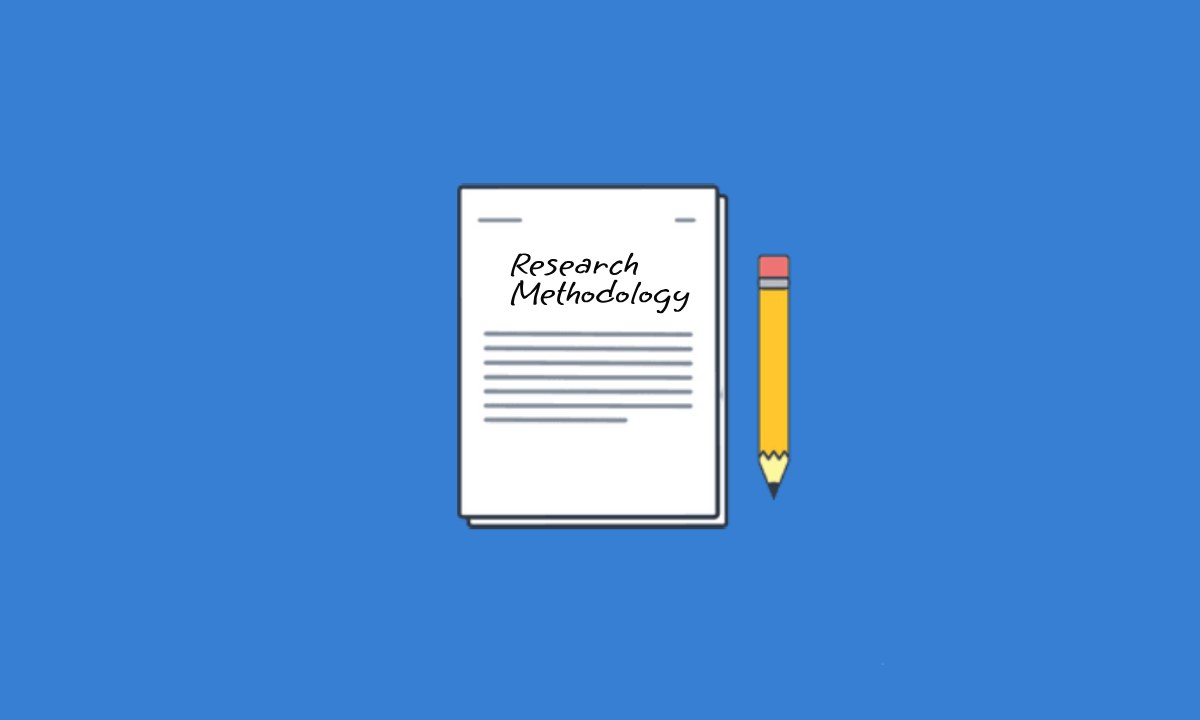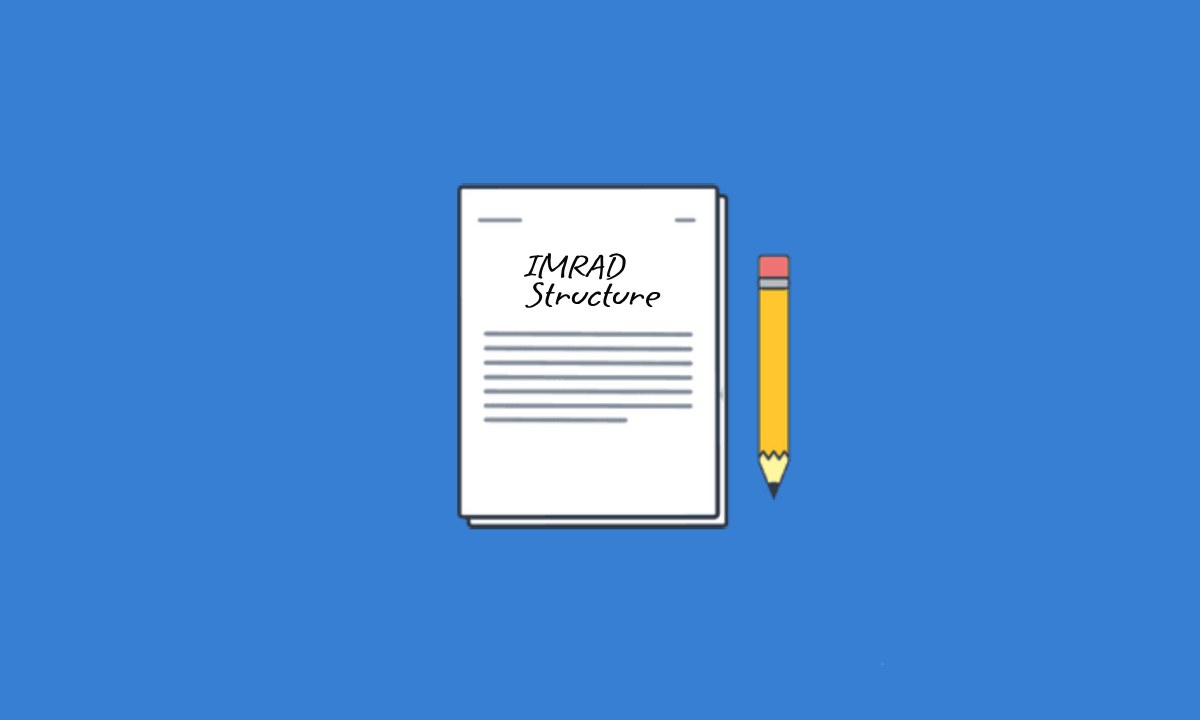What is Research Methodology?
Research methodology refers to the systematic process of planning, conducting, and analyzing research studies. It involves the principles, techniques, and procedures used to collect, analyze, interpret, and present data in a scientific manner. Research Methodology is also a crucial section of a thesis, dissertation or scientific paper because it outlines the steps taken to ensure the validity, reliability, and rigor of the research findings. It provides a detailed description of how the research was conducted, allowing readers to understand the process and evaluate the credibility of the results.
Types of Research Methodology:
Research methodology encompasses various approaches and techniques used to conduct research studies. Some common types of research methodology used for thesis or dissertation writing include:
Quantitative Research:
Quantitative research involves collecting and analyzing numerical data to test hypotheses and answer research questions. It often employs statistical analysis to draw conclusions from the data. Examples of quantitative research methods include surveys, experiments, and statistical analysis of existing datasets.
Qualitative Research:
Qualitative research focuses on understanding phenomena in depth by exploring people’s experiences, beliefs, and perceptions. It involves collecting and analyzing non-numerical data such as interviews, observations, and textual analysis. Qualitative research methods are often used to gain insights into complex social and cultural phenomena.
Mixed Methods Research:
Mixed methods research combines both quantitative and qualitative approaches within a single study. This approach allows researchers to gain a more comprehensive understanding of a research problem by triangulating different sources of data. Mixed methods research typically involves collecting and analyzing both numerical and non-numerical data.
Experimental Research:
Experimental research involves manipulating one or more variables to observe the effects on other variables. It is characterized by the use of controlled conditions and random assignment of participants to different experimental conditions. Experimental research is often used to establish cause-and-effect relationships.
Descriptive Research:
Descriptive research aims to describe the characteristics of a population or phenomenon. It does not involve manipulating variables or testing hypotheses but focuses on providing a detailed and accurate description of the subject under study. Surveys, observational studies, and case studies are examples of descriptive research methods.
Survey Research:
Surveys involve collecting data from a sample of individuals through questionnaires or interviews. Surveys are widely used to gather information on attitudes, opinions, behaviors, and demographic characteristics of populations. They can be conducted through various methods, including online surveys, telephone interviews, or face-to-face interviews.
Correlational Research:
Correlational research examines the relationship between two or more variables without manipulating them. It seeks to determine whether changes in one variable are associated with changes in another variable. Correlational research can help identify patterns and associations but cannot establish causation.
Action Research:
Action research is a participatory approach to research in which researchers work closely with practitioners or stakeholders to identify and address real-world problems. It aims to generate practical solutions and improve practices or interventions through a cyclical process of planning, action, observation, and reflection.
These are just a few examples of research methodology types, and researchers often select the most appropriate approach based on their research questions, objectives, and the nature of the phenomenon being studied. If you are looking for research methodology for thesis writing, it is advised to carefully consider the strengths and limitations of each approach and select the methodology that best aligns with the goals of the research and the requirements of the thesis.
Research Methodology Process:
The research methodology process outlines the systematic steps involved in conducting a research study. While the specific steps may vary depending on the nature of the research project, here is a general outline of the research methodology process:
Identifying the Research Problem:
The first step is to clearly define the research problem or question that the study aims to address. This involves reviewing existing literature, identifying gaps or areas for further investigation, and formulating research objectives.
Reviewing the Literature:
Conducting a thorough literature review is essential for understanding the current state of knowledge on the research topic. This involves identifying relevant studies, theories, and concepts, and synthesizing existing findings to inform the research design.
Formulating Research Objectives and Hypotheses:
Based on the research problem and literature review, researchers formulate specific research objectives or questions to guide the study. If applicable, hypotheses may be developed to test relationships between variables.
Selecting the Research Design:
Researchers choose an appropriate research design that aligns with the research objectives and methodology. Common research designs include experimental, correlational, descriptive, and exploratory designs.
Sampling:
Researchers select a sample of participants or cases from the population of interest. The sampling method should be appropriate for the research design and objectives, and efforts should be made to ensure the sample is representative and sufficiently large to draw meaningful conclusions.
Data Collection:
Researchers collect data using selected methods and instruments. This may involve conducting surveys, interviews, observations, experiments, or analyzing existing datasets. Data collection should be conducted systematically and ethically, following established protocols.
Data Analysis:
Once data is collected, researchers analyze it using appropriate statistical or qualitative analysis techniques. This may involve descriptive statistics, inferential statistics, content analysis, thematic analysis, or other methods depending on the nature of the data and research objectives.
Interpreting Results:
Researchers interpret the findings of the data analysis in relation to the research objectives and hypotheses. This involves identifying patterns, relationships, and trends in the data, discussing implications, and drawing conclusions.
Drawing Conclusions and Making Recommendations:
Based on the interpretation of results, researchers draw conclusions about the research findings and their implications. They may also make recommendations for future research, practice, or policy based on the study’s findings.
Reporting and Disseminating Results:
Finally, researchers write up their findings in a research report or manuscript, following the conventions of academic writing. They may also present their findings at conferences, publish them in academic journals, or disseminate them through other channels to share their research with the broader community.
How to Write Methodology Chapter?
Writing the methodology chapter for a thesis, dissertation, or research paper involves several key steps. Here’s a general guide to help you structure and write this important section:
Introduction:
Begin with an introduction to the methodology chapter, providing an overview of the research design and objectives. Explain why the chosen methods are appropriate for addressing the research questions or hypotheses.
Research Design:
Describe the overall research design, whether it’s experimental, observational, qualitative, quantitative, or a mix of methods. Justify your choice of design and explain how it aligns with the research aims.
Participants:
Provide detailed information about the participants or subjects involved in the study. Include criteria for selection, recruitment procedures, sample size, and any demographic characteristics relevant to the research.
Materials and Instruments:
Describe the tools, instruments, or materials used to collect data. This could include surveys, questionnaires, interview protocols, experimental apparatus, software, or any other relevant equipment.
Procedure:
Outline the step-by-step procedures followed during data collection. Include details such as where and when data were collected, how participants were approached, informed consent procedures, and any ethical considerations.
Data Collection:
Explain how data were gathered and recorded. Discuss any measures taken to ensure data accuracy, reliability, and validity. If applicable, describe any pilot testing conducted to refine the data collection process.
Data Analysis:
Describe the methods used to analyze the collected data. This could involve statistical techniques, qualitative analysis methods, or a combination of both. Justify your choice of analysis methods and explain how they relate to the research objectives.
Validity and Reliability:
Discuss the validity and reliability of the research findings. Explain how you addressed potential sources of bias, error, or confounding variables. Provide evidence to support the trustworthiness of your data and findings.
Ethical Considerations:
Address any ethical issues related to the research, such as informed consent, confidentiality, and participant privacy. Explain how you obtained ethical approval for the study and adhered to ethical guidelines.
Limitations:
Acknowledge any limitations or constraints that may have impacted the study’s validity or generalizability. Discuss potential sources of bias, sample limitations, or methodological weaknesses.
Conclusion:
Summarize the key points of the methodology chapter and reiterate how the chosen methods align with the research objectives. Emphasize the strengths of the methodology while acknowledging its limitations.
References:
Cite any sources or references consulted during the design and implementation of the study, such as research articles, textbooks, or methodological guides.
Remember to write in a clear, concise, and objective manner, providing enough detail for readers to understand and replicate your study if necessary. Additionally, consult relevant guidelines or templates provided by your institution or discipline for formatting and structuring your methodology chapter.
Methodology Chapter Example:
Below is an example methodology chapter for a study examining the effects of mindfulness meditation on stress levels among college students.
1. Introduction
The aim of this study is to investigate the impact of mindfulness meditation on stress levels among college students. This chapter outlines the research design, participant recruitment, data collection methods, and data analysis procedures employed in the study.
2. Research Design
A quasi-experimental design was utilized for this study, with a pre-test/post-test control group design. Participants were randomly assigned to either the intervention group, which received mindfulness meditation training, or the control group, which did not receive any intervention.
3. Participants
A total of 60 college students (30 males, 30 females) aged 18-25 were recruited from [Name of University] through flyers and online announcements. Participants were required to have no prior experience with mindfulness meditation and self-report moderate to high levels of stress based on the Perceived Stress Scale (PSS).
4. Materials and Instruments
- Perceived Stress Scale (PSS): Used to measure participants’ perceived stress levels before and after the intervention.
- Mindfulness-Based Stress Reduction (MBSR) Program: An 8-week mindfulness meditation program consisting of weekly group sessions and daily home practice guided by audio recordings.
5. Procedure
- Participants completed the PSS to assess baseline stress levels.
- Participants in the intervention group attended eight weekly MBSR sessions, while the control group received no intervention.
- After completion of the intervention, both groups completed the PSS again to assess post-intervention stress levels.
- Data collection took place in a quiet, designated room on the university campus.
6. Data Collection
- Stress levels were measured using the PSS, a self-report questionnaire consisting of 10 items rated on a 5-point Likert scale.
- Participants were instructed to respond based on how frequently they experienced certain thoughts and feelings over the past month.
- The PSS was administered electronically using Qualtrics survey software.
7. Data Analysis
- Pre-test and post-test stress scores were compared between the intervention and control groups using independent samples t-tests.
- Changes in stress levels within each group were analyzed using paired samples t-tests.
Statistical significance was set at p < 0.05.
8. Validity and Reliability
- The PSS has demonstrated good validity and reliability in previous research (Cohen et al., 1983).
- To ensure reliability, all participants received standardized instructions and completed the measures under similar conditions.
- Potential sources of bias were addressed through random assignment to groups and blinding of researchers to group assignment during data collection and analysis.
9. Ethical Considerations
This study received approval from the Institutional Review Board (IRB) of [Name of University].
Informed consent was obtained from all participants prior to participation, and they were assured of confidentiality and their right to withdraw from the study at any time.
10. Limitations
- The quasi-experimental design limits causal inference.
- Self-report measures may be subject to response bias.
- Generalizability may be limited due to the homogeneity of the sample.
11. Conclusion
The methodology outlined in this chapter provides a comprehensive framework for investigating the effects of mindfulness meditation on stress levels among college students. By employing rigorous research methods and addressing potential limitations, this study aims to contribute to our understanding of the benefits of mindfulness-based interventions for stress management.
12. Reference:
Cohen, S., Kamarck, T., & Mermelstein, R. (1983). A global measure of perceived stress. Journal of Health and Social Behavior, 24(4), 385-396.



